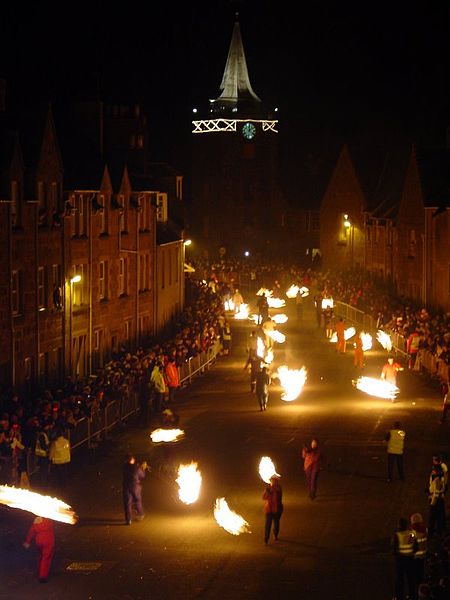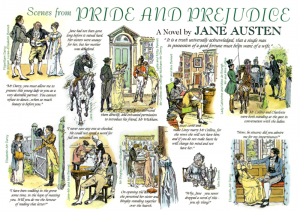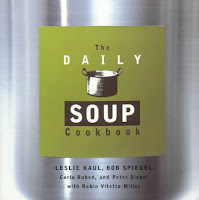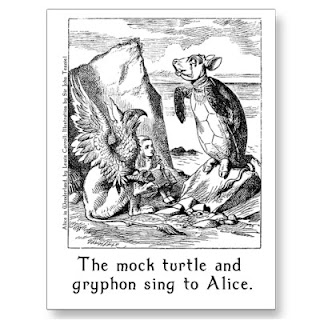I’m thinking that the Scots know how to do New Year’s. Their celebration of Hogmanay may have roots in early Viking celebrations of winter solstice or other pre-Christian winter customs. Or maybe Hogmanay became the popular celebration because celebrating Christmas was forbidden in Scotland for 400 years. Blame the Protestant Reformation for that.
Lots of the celebrations include fire.
Stonewall
 In Stonewall, each New Year’s Eve men parade down the streets swinging huge fireballs over their heads by wire or chains. Any fireballs left burning are flung into the harbor.
In Stonewall, each New Year’s Eve men parade down the streets swinging huge fireballs over their heads by wire or chains. Any fireballs left burning are flung into the harbor.
Burning of the Clavie
Burghead has the Burning of the Clavie, albeit taking place Jan 11.
The clavie is a half-cask is filled with wood shavings and tar that is set on fire. A Clavie king and his helpers parade the burning barrel around town and the charcoal from the fire is collected and placed in fireplaces to ward off evil spirits.
Edinburgh
 A Viking longship is burned in Edinburgh harbor as part of that city’s days long celebration. And Edinburgh has a big fireworks display as well.
A Viking longship is burned in Edinburgh harbor as part of that city’s days long celebration. And Edinburgh has a big fireworks display as well.
Lerwick has an actual fire festival the last Tuesday in January. Paraders carry torches in procession and a galley is burned.
Me, I’m probably going to sit by my own fireplace and bring in the New Year quietly. I like the end of the old year and beginning of the new one to be quiet and peaceful after all the busyness of November and December.
How about you?
Auld Lang Syne
What other way can I wish you a Happy New Year without including Auld Lang Syne. In Scotland, revelers only link hands during the last verse:
And there’s a hand, my trusty fiere !
and gie’s a hand o’ thine !
And we’ll tak a right gude-willy waught,
for auld lang syne.






